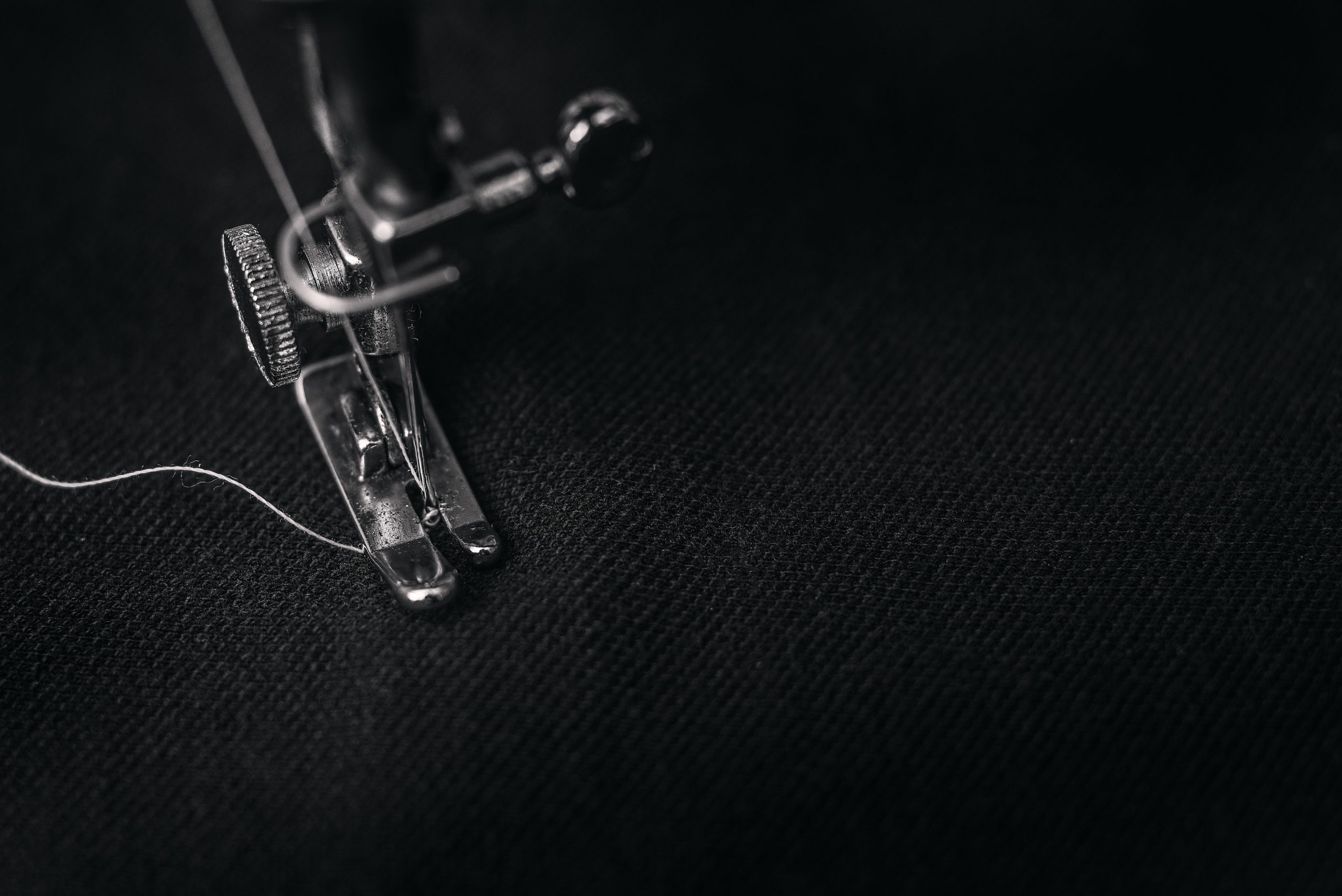WWI vs. WWII: The German Helmet Difference

No doubt, the German Army played a significant role in both the First and Second World War. Notably, they also contributed to the development of ballistic helmet designs. In this article, we would be considering some of the ballistic helmets that were used by the German army in both wars and how they differ.
- German World War I Helmets
The World War I had a great impact on the world peace and population. The war lasted from 1914 to 1918 and the German Army played a significant part in it. Within 1916 and 1918, the Germans produced three different types of helmets. They are widely known today as the M16, M18, and the M18 cut-out. Some people within the military community often refer to the M16 helmet shell as the M17.
Notably, in 1917, the Germans upgraded the construction of the helmets by replacing the leather-made liner band with steel. The M16 and the M18 helmets were not overtly distinctive in physical appearance. The only major distinction between them is the retention system. A close look at them and you would find that they have different chinstrap systems. The M16 chinstrap retention system shared similarities with the M91 Pickelhaube chinstrap. The M18 made use of a different system.
The M18 cut-out was not produced in large quantity; making it one of the rarest helmets of the war.
- German World War II Helmets
Major ballistic helmet changes came in 1940 when the Germans decided to upgrade the design models for their helmets. Firstly, the helmet vent was stamped into the shell; contrary to being originally made from a separate grommet. In addition, the steel material was upgraded to a much protective manganese-silicon steel. Later on, the M40 and M42 helmet were introduced around 1945.
Follow along with our blog here.